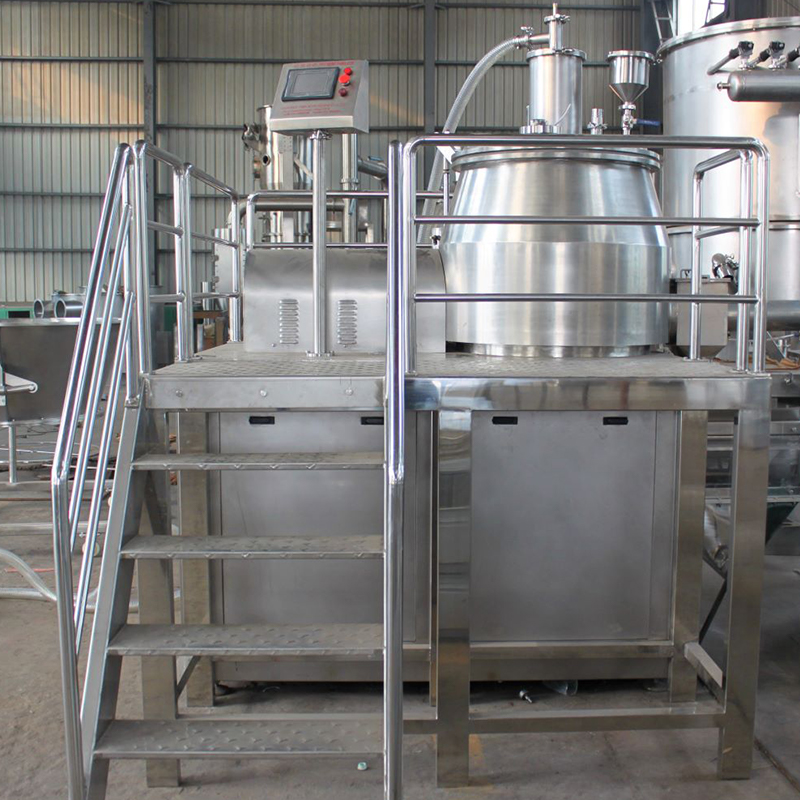Troubleshooting Common Issues in High Shear Mixing Granulators
Despite their numerous advantages, high shear mixing granulators are not immune to operational challenges. Understanding common issues and how to troubleshoot them is crucial for maintaining optimal performance and minimizing downtime. This article provides insights into typical problems encountered with high shear mixing granulators and offers practical solutions.
Over-Granulation
Over-granulation occurs when the granules become too dense or large, negatively affecting their flowability and compressibility. This issue is often caused by excessive binder addition or prolonged mixing times. To prevent over-granulation, operators should carefully monitor the amount of binder used and adjust the mixing time accordingly.
Another solution is to modify the impeller and chopper speeds. Reducing the impeller speed while increasing the chopper speed can help break down oversized granules, achieving the desired particle size distribution. Regularly checking the granule characteristics during the process can also help identify and correct over-granulation early.
Under-Granulation
Conversely, under-granulation results in powdery or poorly formed granules, which can lead to poor flow properties and inconsistent tablet weights. Insufficient binder addition or inadequate mixing time are common causes of under-granulation. To address this, operators should ensure that the correct amount of binder is used and that the mixing time is sufficient to achieve proper agglomeration.
Adjusting the impeller and chopper speeds can also help improve granule formation. Increasing the impeller speed while slightly reducing the chopper speed can enhance the mixing action, promoting better granule formation. Monitoring the granulation process closely and making necessary adjustments in real-time can prevent under-granulation.

Equipment Wear and Tear
High shear mixing granulators operate under intense mechanical stress, leading to wear and tear over time. Components such as the impeller, chopper, and bowl lining are particularly susceptible to damage. Regular maintenance and inspection are essential to identify and replace worn parts before they affect performance.
Using wear-resistant materials for critical components can extend the lifespan of the granulator. Additionally, implementing a preventive maintenance schedule ensures that the machine remains in optimal condition, reducing the risk of unexpected breakdowns and costly repairs.
Cross-Contamination
Cross-contamination is a significant concern, especially in industries like pharmaceuticals and food. Residual material left in the granulator after a batch can contaminate subsequent batches, compromising product quality. Thorough cleaning between batches is essential to prevent cross-contamination.
Modern high shear mixing granulators often come with automated cleaning systems that simplify this process. Using these systems effectively ensures that all residual material is removed, maintaining product integrity. Establishing strict cleaning protocols and training staff on proper cleaning procedures can further mitigate the risk of cross-contamination.



 English
English русский
русский عربى
عربى Türk
Türk




